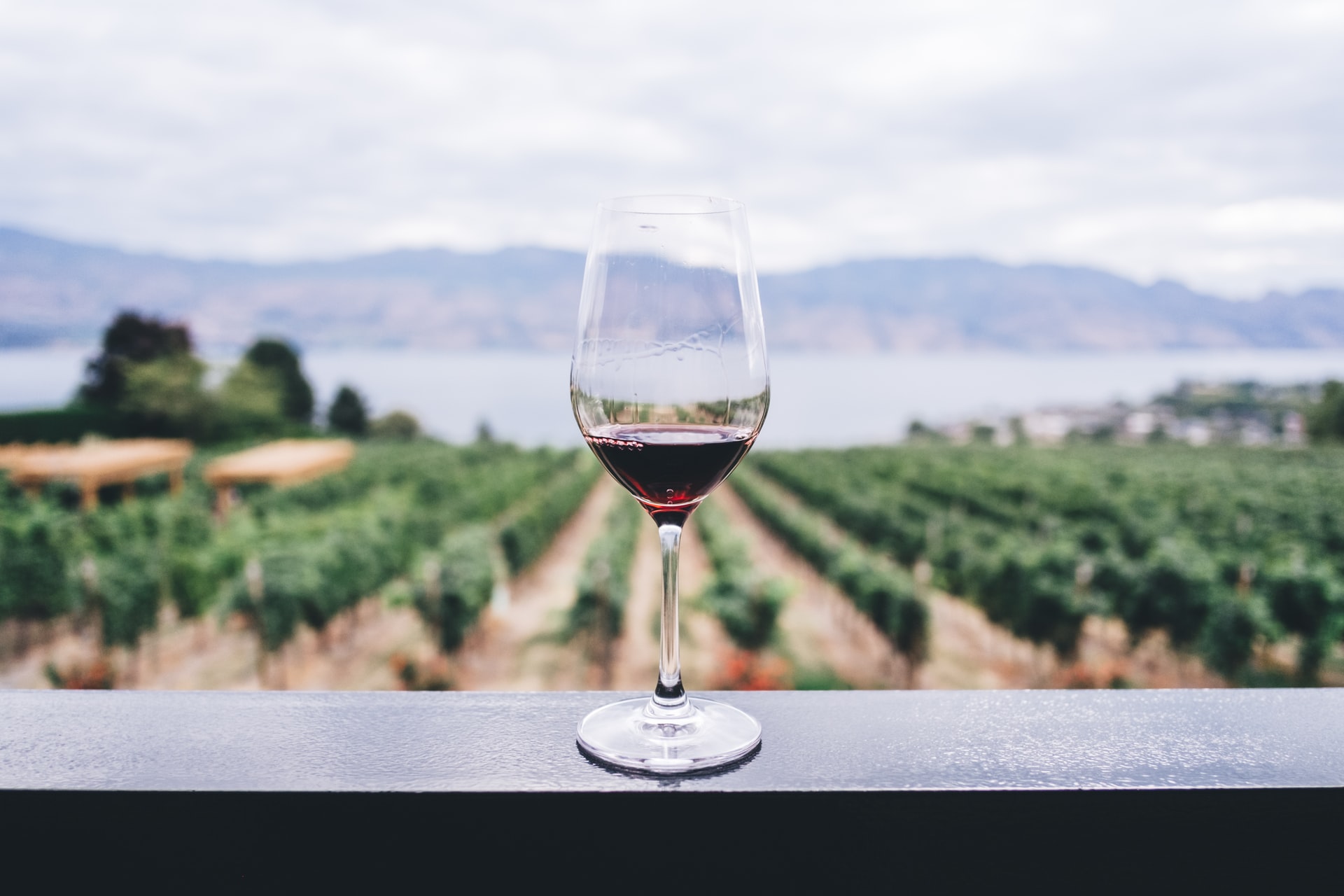If it wasn’t obvious prior to the pandemic’s entrance in early 2020, the wine industry now has a firm understanding of just how impactful tourism is to the industry’s survival. Oenotourism, also referred to as enotourism, wine tourism, or vititourism, describes this type of special interest travel that revolves around participating in wine-related activities. U.S. wineries, particularly those on the west coast, have always heavily relied on tourism to fill a bulk of their sales.
2021 was a challenging year for many industries, including the hospitality and tourism industries — although it was a better year overall than the previous one in which travel ceased dramatically. According to Wines Vines Analytics, wine sales improved around 10% in 2021 and are expected to continue to rise in demand moving forward into 2022.
As travel picks back up, many industry experts expect to continue seeing both wine sales and grape values continue to grow in 2022 and beyond. Here are a few other trends experts believe we can expect to see when looking ahead for the wine industry as a whole.
Travel Ramps Back Up in 2022
Although the pandemic is far from over and will likely have long-lasting effects on society for years to come, many parts of the world are starting to see things open back up. After two years of social distancing and virtual communication, there’s a strong, pent-up demand for in-person events that’s finally starting to come to fruition.
The top four wine producing regions in the United States historically have been California, Washington, Oregon, and New York. In 2021, California was the only U.S. state to lose market share, as the other states saw growth. Now, in 2022, all major wine-producing regions are looking for new ways to encourage wine tourism growth, particularly in light of the fact that feelings around business travel are still tepid at this time.
Since business travel was a big driver of tasting room visits — in California especially — we’re unlikely to see that pre-pandemic level of business travel happening anytime soon, if ever.
Supply Chain Disruptions & Labor Shortages
Like nearly every other industry, supply chain issues and labor shortages will both continue to disrupt the wine industry as a whole, potentially causing price inflation and product shortages in the coming months. Faced with shipping delays, limited inventory, and increased pricing on their favorite brands of wine, consumers will be forced to look beyond their typical beverage purchases.
Wineries and vineyards will continue to face staffing issues, particularly those who have previously relied on international workers as integral members of their seasonal production process. Between these shortages and the increase in wage expectations, wine businesses have begun to create permanent roles to cover vineyard and winery tasks, as opposed to relying solely on seasonal workers.
The Importance of Direct-to-Consumer & Social Channels
Like all markets, there’s been a recent shift in generational buying trends as aging baby boomers are nearing retirement age, which often correlates with a decline in consumer buying. Millennials are the next generation to step up to the plate, but they’ve not given a good indication in recent years that wine is their alcoholic beverage of choice. And the wine industry as a whole hasn’t necessarily done its part to entice millennials to become regular consumers as of yet.
Outreach will play a pivotal role in attracting and retaining new generations of wine enthusiasts, but these channels of outreach certainly differ from those in the past.
Social media has always provided a direct link between a business and its customers and is arguably one of the most effective marketing tools for building brand awareness. And since more than half the world’s population uses social media currently, wineries who aren’t utilizing these (mostly) free channels are missing out on potential new market share.
And beyond the social media landscape, trends are showing that direct-to-consumer (DTC) sales continue to grow year over year, as many wine drinkers continued buying directly from wineries even as the pandemic led to multiple shutdowns. These DTC sales numbers will continue to rise in future years, especially as both the millennial generation and Gen Z have shown a penchant for online shopping.
Preparing for the Future
But how are wineries preparing as travel ramps up again and people start to take the trips they’ve been putting off for two years? First, wineries are working diligently to ensure that they are hiring and training their staff properly, with a focus on the consumer experience both in-house and digitally through their marketing efforts.
Wineries are also ramping up their marketing efforts to attract the right types of tourists, enticing them to come and visit their wineries and vineyards with more personalized marketing. Still, after the sting of 2020’s travel restrictions, wineries now more than ever understand the importance of diversifying their sales channels away from the tasting-room-only model.
A new DTC channel has grown in popularity in recent years: the digital wine club. These “clubs” originally began as a way to build relationships with customers after their first visit to the tasting room. By signing up, a customer can receive a customized box of wine right to their front door at regular intervals. This allows the customer to try new wines at their leisure and helps wineries to balance their stock and move inventory. These “loyalty programs” have been the first step in helping many wineries find their right retail or wholesale distribution model.
Looking ahead to the future, wineries must keep an eye on travel trends to anticipate guest needs. By building a sustainable retail or wholesale distribution model, widening and personalizing all marketing efforts, and keeping staff trained and ready to face a variety of situations, wineries can expect continued success in the coming years. 2022 has already shown itself to be a strong year for leisure-related travel, particularly for pure tourism, so it’s just a matter of time before the wine industry reaches new, profitable milestones.



